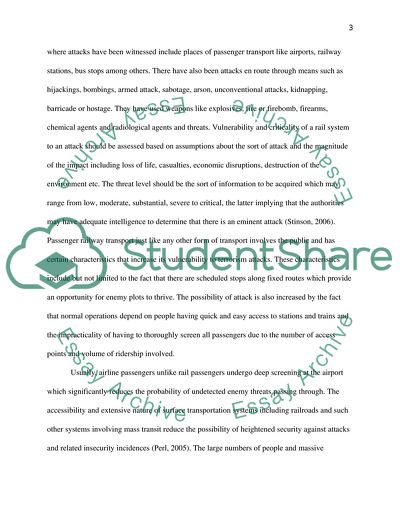Cite this document
(“Railway Security of the Acela Express between Washington DC and Essay”, n.d.)
Retrieved from https://studentshare.org/miscellaneous/1592667-railway-security-of-the-acela-express-between-washington-dc-and-boston-usa
Retrieved from https://studentshare.org/miscellaneous/1592667-railway-security-of-the-acela-express-between-washington-dc-and-boston-usa
(Railway Security of the Acela Express Between Washington DC and Essay)
https://studentshare.org/miscellaneous/1592667-railway-security-of-the-acela-express-between-washington-dc-and-boston-usa.
https://studentshare.org/miscellaneous/1592667-railway-security-of-the-acela-express-between-washington-dc-and-boston-usa.
“Railway Security of the Acela Express Between Washington DC and Essay”, n.d. https://studentshare.org/miscellaneous/1592667-railway-security-of-the-acela-express-between-washington-dc-and-boston-usa.


